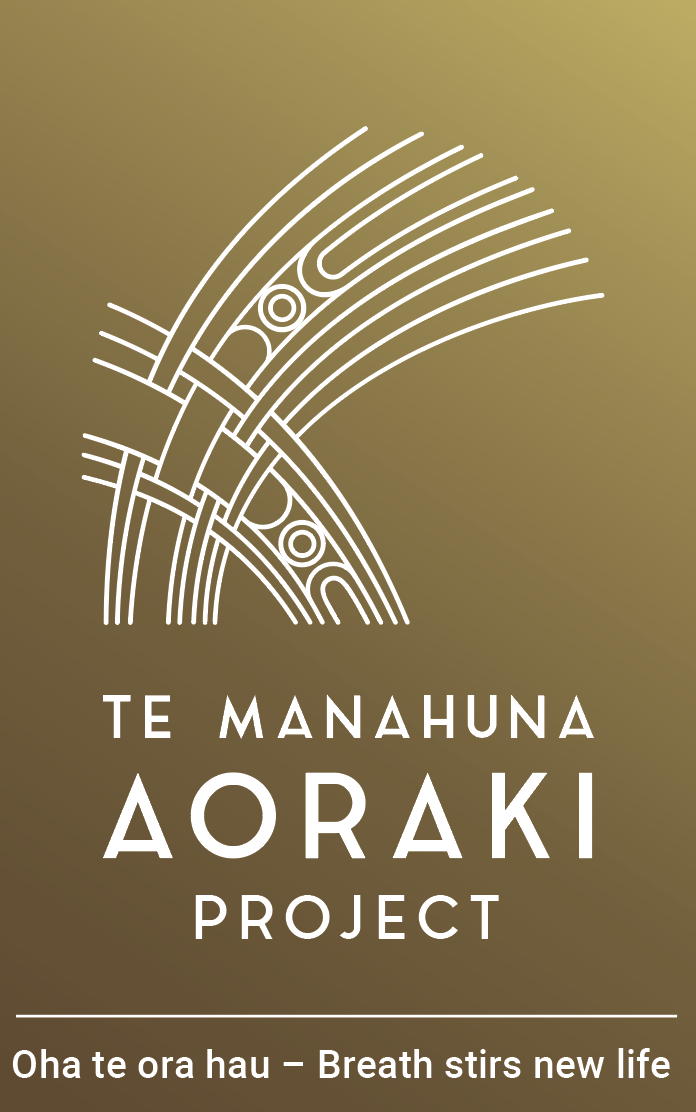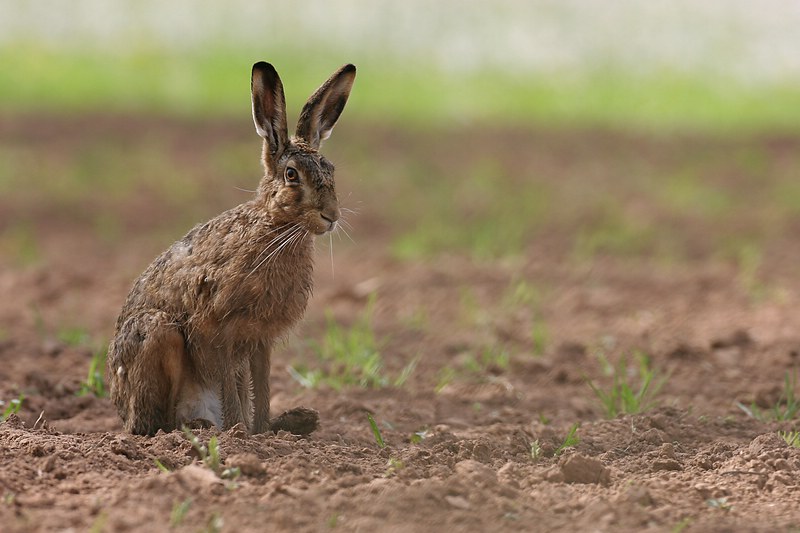Some good old number eight wire ingenuity from one of the station managers and his neighbour has seen a research project get off to a flying start—literally.
Otago University PHD student Nick Foster wanted to put GPS collars on hares as part of his research into how invasive small mammals are distributed in and use the upper reaches of the project area. The problem? No-one has ever caught and collared live hares in New Zealand before, let alone at 1800 m above sea level.
In stepped manager of Lilybank Station, Johnny Wheeler and his neighbour Laurie Prouting from Mesopotamia Station. Along with helicopter pilot Mark Pridham they all have experience live capturing deer and offered to come up with a way to catch hares.
“People said it couldn’t be done,” says Te Manahuna Aoraki project manager Simone Cleland. “These guys took on the challenge, worked out how to do it, donated their time and came up with the goods. We couldn’t have done it without their collaboration.”
First, the group redesigned the nets they usually use to catch deer and other ungulates, making them much smaller. They then took to the sky at Lilybank Station to trial the system.
“Hares don’t run in a straight line for very long, they zig-zag all over the place. So it took a while to get our eye in,” says Johnny. “The secret was not to stress the hares out, and to get them to run to a snow slope or shingle scree so we could fire the net gun.”
It didn’t take long for the trio to perfect their operation and they managed to net enough hares for Nick and his team to collar. “Laurie and Mark are very experienced in the chopper industry and both of them have a wealth of knowledge when it comes to live capture and choppers. We couldn’t have done it without him,” says Johnny.

Nick is doing a PHD on the altitudinal distribution of invasive small mammals in the uplands of the Mackenzie basin. “Hares that are found in New Zealand’s alpine zones have never been studied in this way before, so the project had a lot of unknowns from the outset. With the guys nailing it on the first try, we’re off to a really good start,” says Nick.
While hares aren’t a huge problem for farmers they do eat native vegetation and are a food source for predators like stoats, cats and ferrets. Nick will also study hedgehogs, stoats and rats in the coming months. By learning more about the seasonal ranges and altitudinal limits of introduced mammals like hares, rats and stoats, the project can refine future trapping programmes and management strategies.


